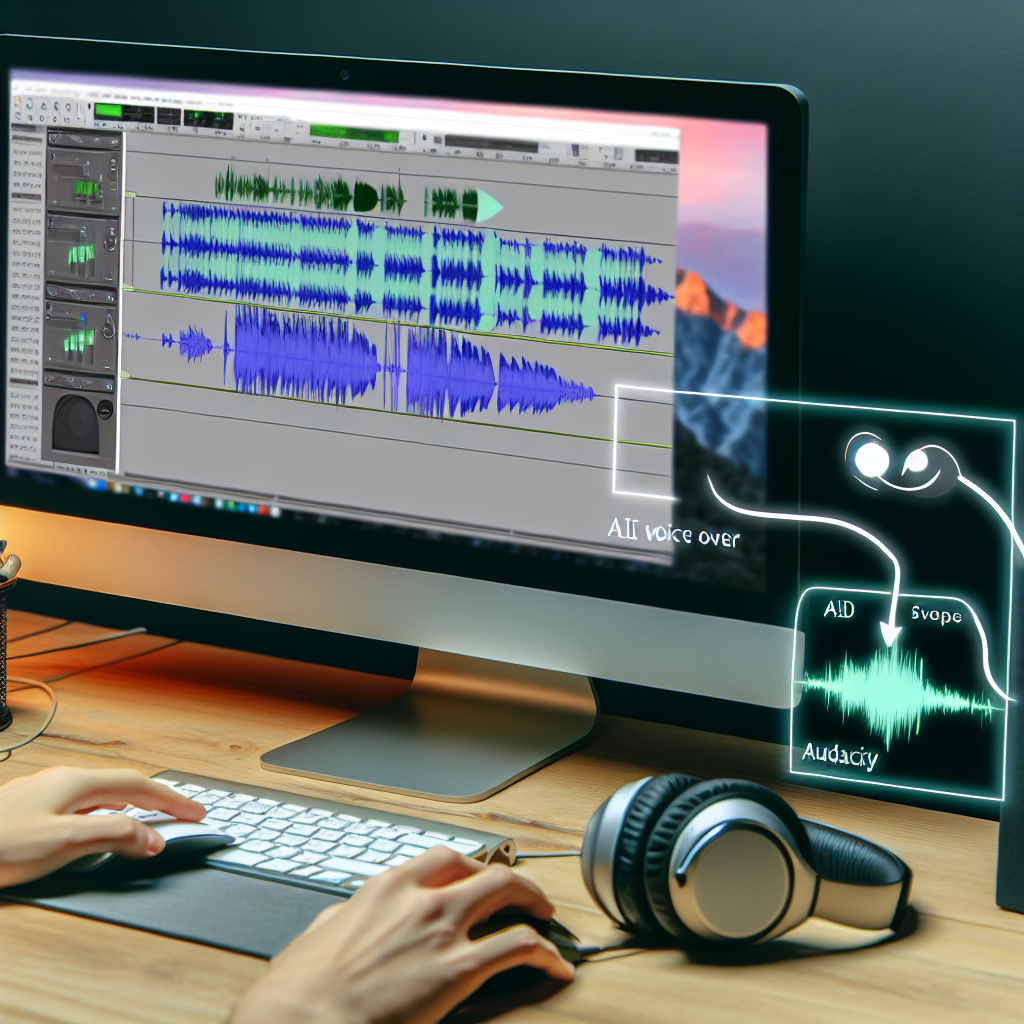
The Rise of AI Voiceovers: Creating Realistic Voices with Mivibzzz and Audacity
In the age of artificial intelligence, few industries remain untouched by its transformative power. Among the most exciting applications is the rise of AI voiceovers. From advertisements to podcasts, audiobooks, and even YouTube videos, AI-generated voices have quickly become a valuable resource for content creators.
AI voiceovers have evolved from their robotic-sounding origins to now offering natural, human-like tones that are often indistinguishable from real voices. With advanced text-to-speech (TTS) technologies like ElevenLabs, generating professional-grade voiceovers has never been more accessible. But what if you could take that realism one step further? That’s where Audacity comes in.
At Mivibzzz, we’ve developed a simple yet powerful method using Audacity to create more realistic AI voiceovers. By applying a few essential tools—such as adjusters, compressors, limiters, and reverb—you can fine-tune your AI-generated audio, making it sound even more human-like.
Why Audacity?
Audacity is a free, open-source audio editing software that offers a wealth of features for refining audio. It’s an accessible tool, suitable for beginners and experts alike, and has the potential to dramatically enhance your AI voiceovers.
At Mivibzzz, we’ve experimented with various methods to make AI-generated voiceovers sound even more realistic. Through our experience, we’ve identified a set of techniques that, when applied in Audacity, significantly improve the sound quality of AI voiceovers.
How to Use Audacity to Improve AI Voiceovers
We’ve broken down our method into a few simple steps that anyone can follow. Here are the key tools we use in Audacity:
- Adjusters: Balance the frequencies of your voiceover with Audacity’s equalizer. Adjusting the mid-range frequencies can help smooth out any unnatural sounds.
- Compressor: Use a compressor to ensure audio levels remain consistent, reducing loud parts and boosting quieter sections for a balanced sound.
- Limiter: Prevent distortion and harsh noises by using a limiter to cap the audio’s peak levels.
- Reverb: A subtle reverb effect can give your voice depth and warmth, making it sound more natural.
- Special Effects: Depending on the project, we sometimes add noise reduction or de-essing for further refinement.
Step-by-Step Guide to Enhance Your AI Voiceover
To get started with this process, follow these steps:
- Generate your voiceover using a platform like ElevenLabs.
- Import the audio into Audacity and adjust the frequencies using the equalizer.
- Apply the compressor to even out the audio levels.
- Use the limiter to prevent distortion.
- Add a slight reverb for depth and natural sound.
- Export your final audio file for use.
How Mivibzzz Can Help
At Mivibzzz, we understand that creating high-quality voiceovers can feel overwhelming, especially if you’re new to audio editing. We’re here to assist you every step of the way, from guiding you through the Audacity process to providing support for your AI voiceover projects.
Whether you’re a content creator, marketer, or small business owner, our team at Mivibzzz can help you harness the power of AI voiceovers and transform them into polished, professional audio. We believe that everyone should have access to high-quality voiceovers, and we’re committed to making that possible for creators around the world.
Watch Our Video Tutorial
Ready to see the full process in action? Watch our step-by-step video tutorial below, where we guide you through each part of the Audacity process. You’ll learn how to enhance your AI voiceovers and achieve professional-quality results.
